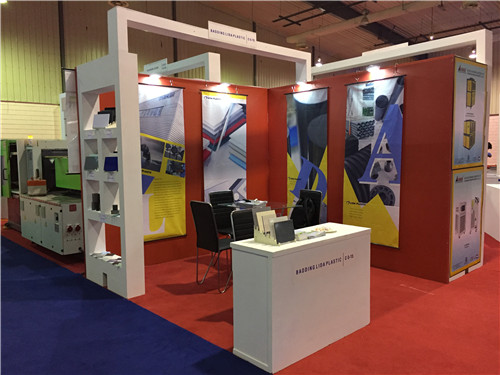Oct . 13, 2024 10:05 Back to list
High-Density Polyethylene Pipe for Efficient Sprinkler Systems in Agriculture and Landscaping
Exploring HDPE Pipe Sprinklers The Future of Irrigation
Irrigation plays a pivotal role in agriculture, ensuring that crops receive the necessary amount of water for optimal growth. With the increasing demand for food production and the concurrent challenges posed by climate change, efficient irrigation systems have become more essential than ever. Among the innovative solutions available, high-density polyethylene (HDPE) pipe sprinklers stand out due to their remarkable properties and benefits.
What is HDPE?
High-density polyethylene (HDPE) is a thermoplastic polymer known for its strength, durability, and resistance to various environmental factors. Commonly used in various applications, HDPE has become a preferred choice for irrigation systems, particularly in sprinkler setups. Its lightweight nature makes it easy to handle and install, while its long lifespan ensures that farmers can rely on these systems for years without significant maintenance.
Advantages of HDPE Pipe Sprinklers
One of the primary advantages of using HDPE pipe sprinklers is their resistance to corrosion and chemical degradation. Unlike metal pipes that can rust or corrode over time, HDPE pipes do not react adversely with the water or fertilizers typically used in agriculture. This property not only extends the life of the irrigation system but also improves the quality of water delivered to crops.
Moreover, HDPE pipes have a smooth interior surface, which minimizes friction loss and maximizes water flow. This efficiency means that farmers can use less energy to pump water, thereby reducing operational costs. Furthermore, HDPE systems are capable of handling a wide range of pressure, making them suitable for various irrigation practices, from low-pressure drip systems to high-pressure sprinkler systems.
Environmental Impact
hdpe pipe sprinkler

In an era where sustainable practices are paramount, HDPE pipe sprinklers are a more environmentally friendly choice. The production process of HDPE is less taxing on the environment compared to other materials like PVC or metal. Additionally, the durability of HDPE means that fewer resources are needed for replacement, minimizing waste and the environmental footprint associated with manufacturing and disposal.
Another significant advantage of HDPE pipe sprinklers is their resistance to UV radiation. This characteristic prevents degradation due to sunlight exposure, which is critical for systems that are permanently installed in agricultural fields. As a result, farmers can deploy these systems with confidence, knowing they will withstand changing weather patterns and maintain their integrity over time.
Installation and Maintenance
Installing HDPE pipe sprinklers is generally straightforward, thanks to the flexibility and lightweight nature of the material. Farmers can easily transport and manipulate the pipes as needed, adapting the setup according to the specific layout of their fields. Moreover, joining HDPE pipes can be accomplished through various methods, including heat fusion, which creates a seamless and leak-proof connection.
Maintenance of HDPE pipe sprinklers is minimal, further enhancing their appeal. Regular inspections are usually sufficient to ensure everything is functioning correctly. If any issues arise, repairs can often be made quickly without requiring extensive downtime for the irrigation system.
Conclusion
As the agricultural sector continues to seek efficient and sustainable irrigation solutions, HDPE pipe sprinklers emerge as a strong contender. Their durability, resistance to corrosion, and environmental benefits make them a smart choice for farmers looking to optimize water usage while minimizing costs. The adaptability and efficiency of HDPE systems can pave the way for increased crop yields and improved water management practices. Embracing HDPE technology represents not only a step towards sustainable farming but also a vital investment in the future of agriculture. As we face the realities of climate change and water scarcity, innovations like HDPE pipe sprinklers are critical in ensuring food security and resource conservation for generations to come.
-
High-Quality PPR Pipes and Fittings Durable ERA PPR & PVC PPR Solutions
NewsJul.08,2025
-
Black HDPE Cutting Board - Durable, Non-Porous & Food Safe HDPE Plastic Cutting Board
NewsJul.08,2025
-
High-Quality CPVC Panel Durable HDPE & PVC Panels Supplier
NewsJul.08,2025
-
Double PE Welding Rod Supplier - High Strength, Durable & Versatile Welding Solutions
NewsJul.07,2025
-
High-Quality PVC-O Pipe Supplier Durable 75mm PVC Pipe & Connections Leading PVC Pipe Company
NewsJul.07,2025
-
HDPE Drainage Pipe Supplier – Durable & Corrosion-Resistant Solutions
NewsJul.06,2025

